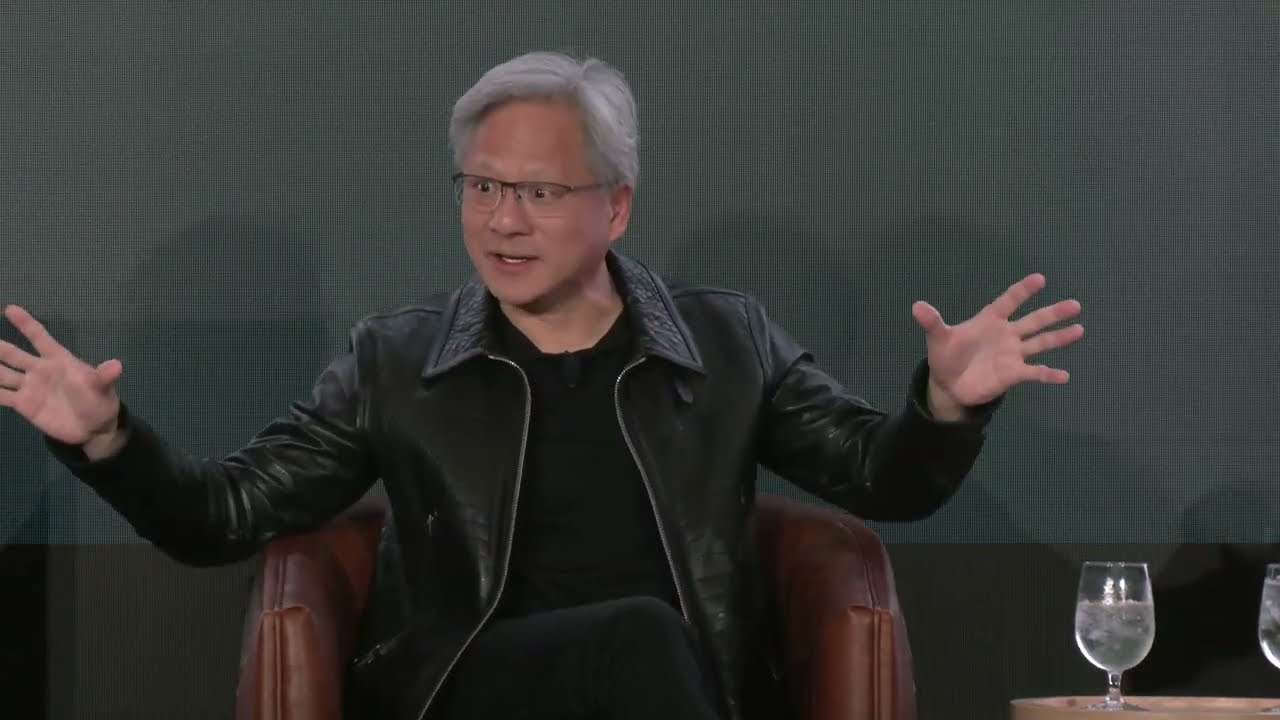NVIDIA’s Chief Financial Officer, Colette Kress, made several impactful headlines during her presentation at the Goldman Sachs Communacopia + Technology Conference. These included the possibility that the company may report up to $5 billion in revenue from sales of its H20 GPU in China, provided geopolitical tensions ease, and confirmation that the next-generation AI chips, Vera Rubin, are already projecting energy needs at the gigawatt scale.
H20 in China: Between Licensing and Geopolitics
Kress confirmed that NVIDIA has received U.S. government licenses to export the H20 GPU to Chinese customers, a product specifically designed to comply with restrictions. However, she warned that sales depend on a stabilization of relations between Washington and Beijing.
“There is a strong likelihood that shipments will be completed, but political issues between the two governments still need to be overcome,” the CFO stated.
If realized, revenues could range between $2 billion and $5 billion in the third quarter, providing relief to investors after weeks of stock market pressure.
The uncertainty arises amid a context where the Chinese government urges its companies to replace foreign chips with domestic solutions, directly challenging NVIDIA’s dominance in the AI accelerator market.
Record Growth in Data Centers
Beyond China, NVIDIA continues to demonstrate a solid pace in data center and networking revenue.
- The second quarter closed with a sequential growth of 12%.
- For the third quarter, the company anticipates an additional increase of 17%.
Kress highlighted the rapid adoption of architectures GB200 and GB300 Ultra, with the latter forecasted to grow up to 300% quarter-over-quarter, according to analysts.
“It was a smooth transition, on a scale that many didn’t understand until they saw the volumes we introduced to the market,” explained.
Rejection of Custom Chip Competition
The CFO’s statements also indirectly responded to news that Broadcom had secured a $10 billion contract for custom AI chips.
Kress defended NVIDIA’s strategy: large-scale designs for complete data centers, optimized not only for raw power but also for energy efficiency and cost per watt.
“When investing in a cluster that will operate for 4 to 6 years, electrical consumption is as critical as initial capital. That’s why we focus on comprehensive data center solutions, rack-scale architectures where all chips work in an optimized, integrated manner,”.
Vera Rubin: NVIDIA’s Next Wave
Regarding the future, Kress revealed that the company already has six Vera Rubin chips “taped out,” confirming progress on the timeline.
An even more telling detail was the energy projection: data centers adopting Rubin will require several gigawatts of electrical capacity, according to the company’s own estimates.
“Even before hitting the market, we’re seeing gigawatt-level requirements for Rubin. We’re preparing for that scale now,”.
The message reinforces the idea that next-generation AI will demand not only higher performance but also infrastructures capable of supporting massive energy consumption.
A High-Demand, High-Tension Landscape
Kress’s words reflect the current paradox in the AI chip industry:
- On one hand, an overwhelming demand driving record revenues and anticipating annual cycles of new architectures.
- On the other, geopolitical and energy bottlenecks that could restrict access to key markets and affect the viability of the data centers adopting these technologies.
With H20 as their bet in China and Rubin as the flagship of the next generation, NVIDIA seeks to demonstrate that their competitive edge lies not in an isolated chip but in comprehensive ecosystems where hardware, software, and energy are integrated into a single, cohesive offering.
Frequently Asked Questions (FAQs)
What is the NVIDIA H20 chip?
It is an AI GPU designed to meet U.S. export restrictions to China, providing high performance within regulatory limits.
How much could NVIDIA earn from the H20 in China?
The CFO estimates between $2 billion and $5 billion in Q3, assuming shipments are completed.
What is Vera Rubin?
It is NVIDIA’s next-generation AI chip line, designed for training and running large-scale models with greater energy efficiency and performance.
Why does NVIDIA avoid custom chips like Broadcom?
The company argues that the key is in comprehensive and optimized data center solutions, which are more sustainable long-term in cost and energy consumption.

